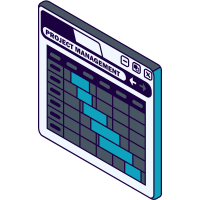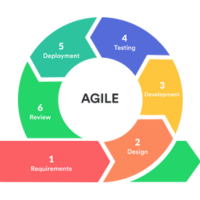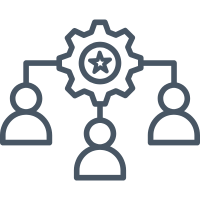One-On-One meetings in software development

One-on-one meetings serve as an essential communication tool between engineering managers and their team members. Unlike group meetings, these personalized sessions allow for deeper, more focused conversations about performance, goals, and challenges. As a result, they play a key role in nurturing employee growth, increasing productivity, and maintaining team morale. In the high-pressure environment of software development, regular one-on-ones can provide much-needed guidance, reduce conflicts, and ensure that the team remains aligned with company objectives.







